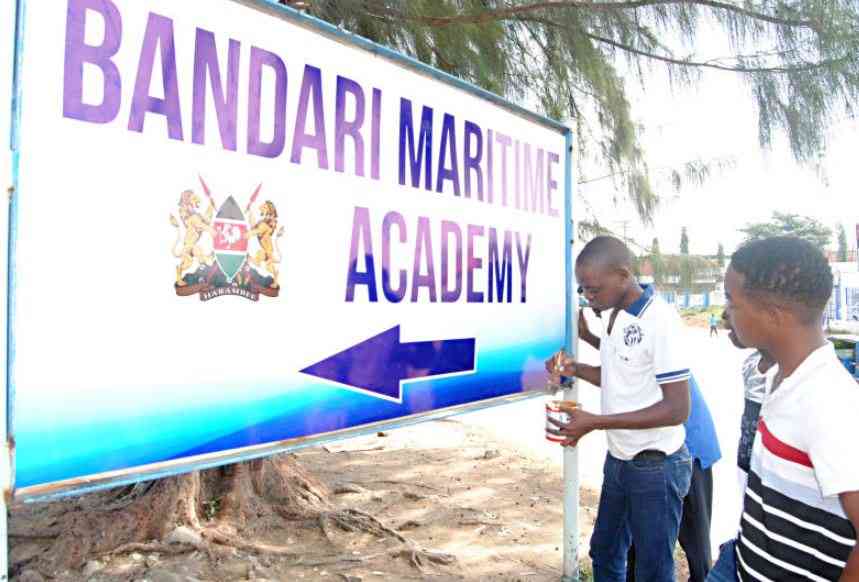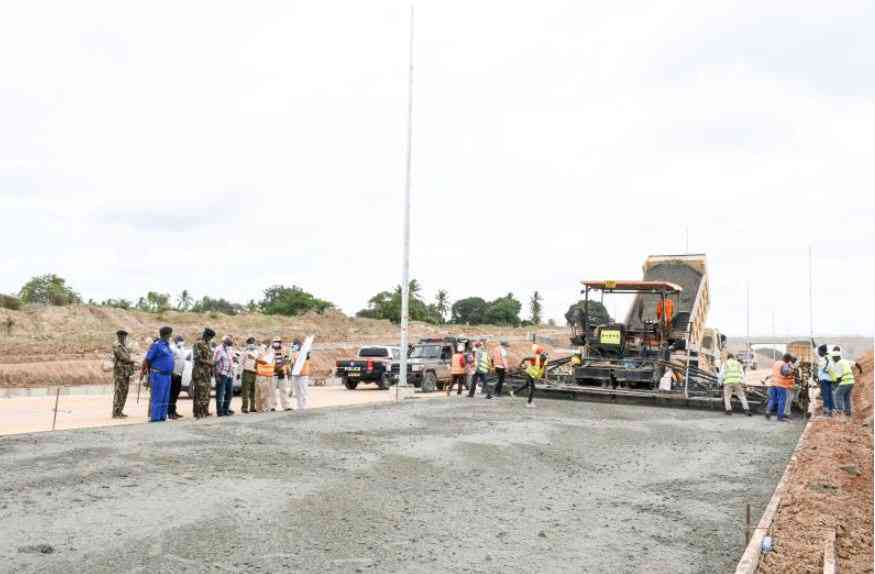×
The Standard e-Paper
Home To Bold Columnists
 |
| Former Limuru MP Kuria Kanyingi donates money at a fund raiser. |
By JOSEPH KARIMI
One day in 1973, Provincial Commissioner Eliud Mahihu was in Tigania area of Meru, where he was evaluating development projects.







